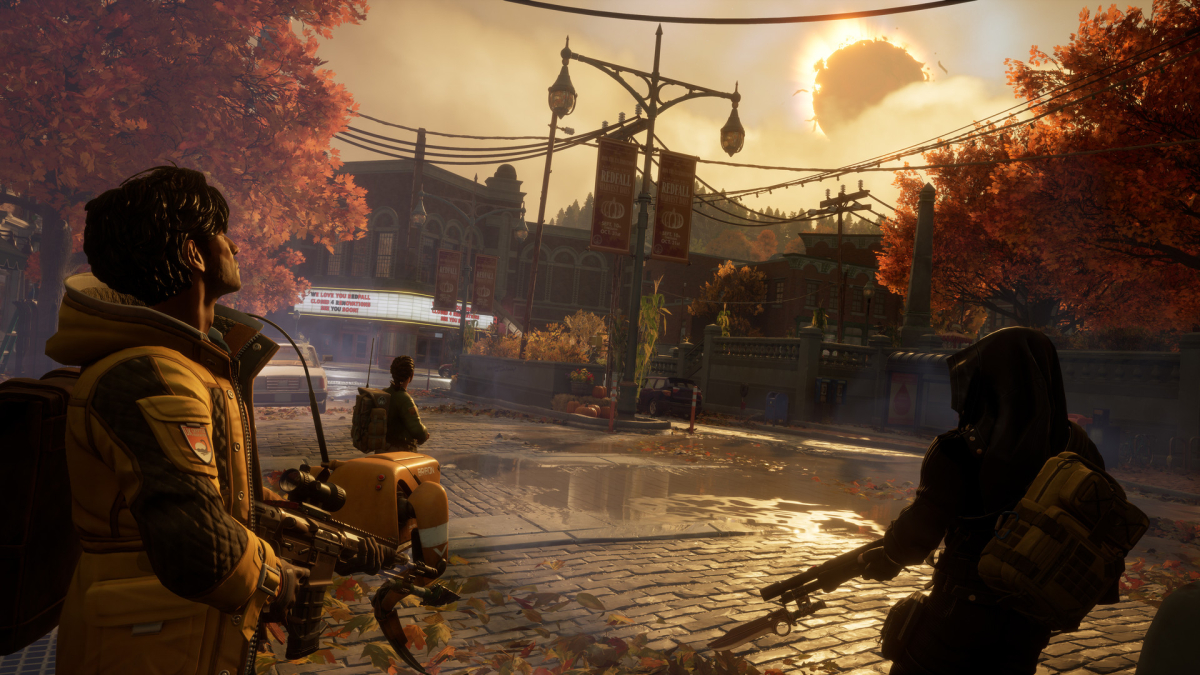“Always on” can become a real problem
What do games like “Knockout City”, “Rumbleverse” or “CrossfireX” have in common? She will soon all be gone. No longer playable because the servers are shut down. Some may shrug their shoulders now: That’s just the way it is with multiplayer online games that can’t attract enough users. At some point the costs will become too high. And it’s no fun anyway to play a game in which there are no more players.
But CrossfireX also has something in common with upcoming AAA games like “red case” or “Suicide Squad: Kill the Justice League”. All of these titles are always on. They need an internet connection to play – not only in multiplayer but also in the single player campaign. This is where things get interesting – and problematic.
Contents
The reason for “always on”
Imagine it’s a game with a gripping story and nobody can go there anymore. This is exactly what can happen as more manufacturers require an internet connection for their single player games. But why are they even doing this?
Manufacturers like to give reasons such as simplified updates. If the game is constantly connected to the internet, bug fixes or new content could be deployed more easily. But the main reason might be “Always-on DRM”.
This is digital rights management that constantly checks whether users are using authenticated software. When playing, the server you are connected to retrieves the digital certificates that authenticate the product. This is to prevent piracy. So it’s about being able to control the players better.
However, this approach is problematic for various reasons. It starts with the fact that many people still have no or a poor internet connection. So if more and more single-player games require a constant internet connection, that excludes these people.
Server gone – game gone
Once upon a time, these single-player games were plugged into the console or PC and played. A buggy game stayed buggy. Later they were installed on hard drives and provided with updates by the manufacturers, so bugs could be ironed out and new content could be offered. But now we’re getting closer to a point where these games aren’t just coming out unfinished – they can even become completely unplayable.
For example, when the connection to the server is interrupted, for example because the rush for the game is too great. This can be the case, especially when a title is published. Overloaded servers then mean that the game becomes unusable for minutes or hours. Are you in the middle of an exciting mission? If the connection is lost, the mission is over.
But it can be even more drastic. “CrossfireX” shows how on a small scale. As said, the ability to play depends on the connection to the server. But these are not just any servers – they are provided by the manufacturer. Operating and maintaining them costs money. However, if the cost-benefit calculation is no longer correct, then hardly any commercial company will have an interest in continuing to operate the servers. And that is much more the case with single-player games than with so-called games as a service.
These games were released on long-dead consoles
The latter are designed to generate a constant flow of income over a long period of time, although this does not always work. Single-player games, however, generate most of the revenue in the first few months after release. Certainly, they can also remain profitable over a longer period of time, for example through DLCs. But years after release, these titles are no longer big revenue streams for the manufacturers.
However, if an active server is then required in order to be able to play the game at all, the problem arises: single-player games that are “always on” become unplayable. This not only wastes your investment of sometimes 60 to 70 euros, games are also completely lost if they are connected to the Internet. The already ephemeral medium of video games becomes even more difficult to obtain.
If this trend continues and major manufacturers give all their games an internet obligation, games will come onto the market with an expiration date. And this date depends entirely on the success of the game and the manufacturer. If a company goes bankrupt, in many cases that would probably mean that their games would also become unusable.
But there are already some counter-movements. try initiatives to archive video games and preserve it for posterity. Developers are working on ways to keep games playable longer. Phil Spencer, Microsoft’s Xbox boss, didn’t speak up until 2021 increased interest from industryto better preserve their own works.
And, of course, otherwise it’s the players themselves who strive to keep games alive. With many multiplayer games, they are already taking care of making it possible to continue playing on private servers. These are lovely stories from dedicated fans. However, they should not serve as the modus operandi for the future of the games industry. This is largely the responsibility of the big studios and publishers.

8 Really Good Video Games Trapped on Legacy Systems



